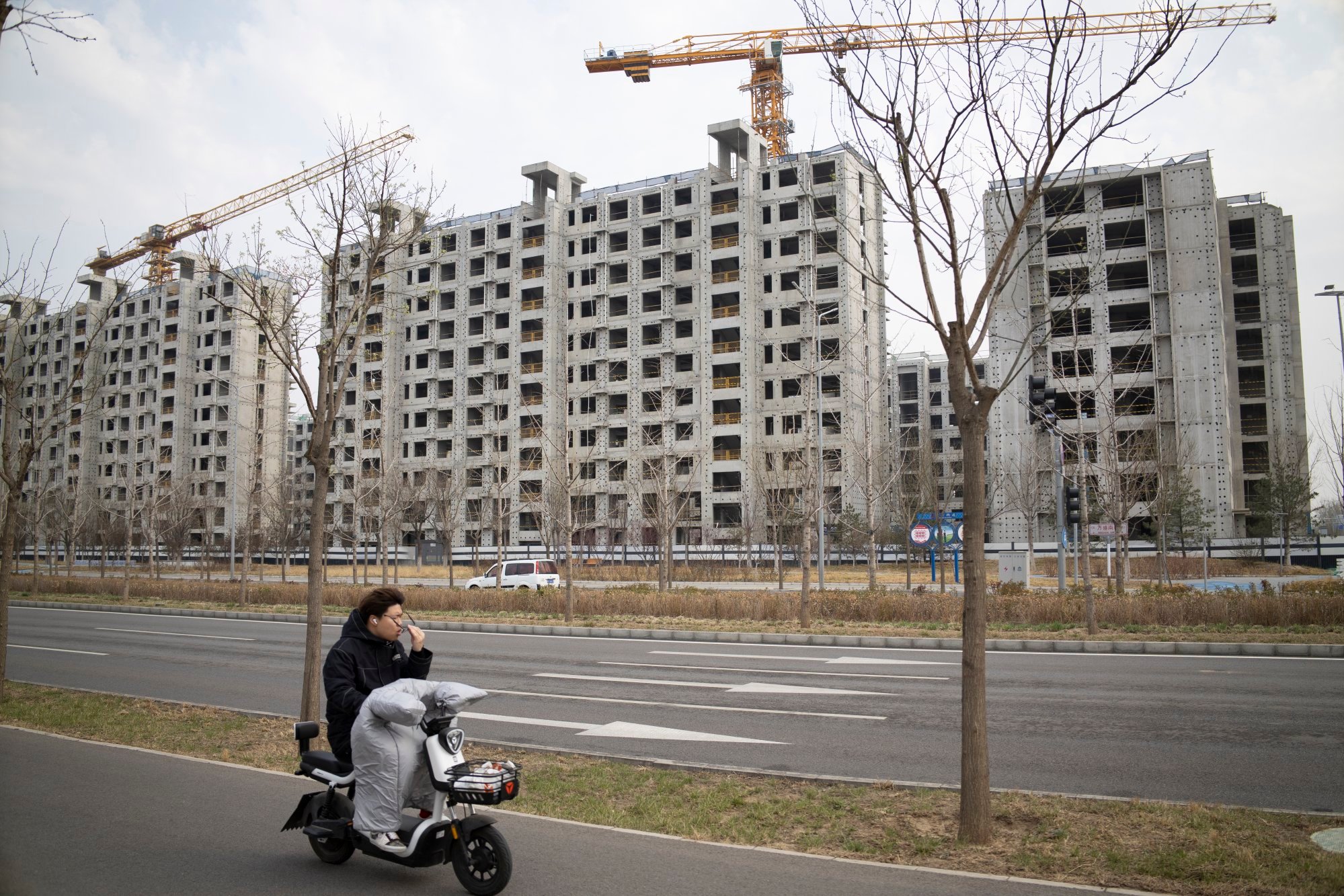
How sustainability is driving China’s next economic transformation
- Despite some progress, the Chinese economy still faces problems but these can be overcome with targeted stimulus measures and a focus on sustainable development
- By framing China as a threat, the US risks impeding global sustainability efforts
There was some good news for China’s economy this week, with first-quarter gross domestic product (GDP) figures better than expected. However, structural and cyclical issues persist, and the consequences of policy missteps cannot be stressed enough.
Accordingly, calls urging China to boost confidence and consumption are well placed. However, doing so without addressing the underlying issues is akin to treating the symptoms, not the cause, of an illness – to use a Chinese medicine analogy.
China’s previous high GDP growth model served its historical mission well, but it has now become the underlying cause of the current economic predicament. The “prescription” requires a painful transformation to a new sustainable development model.
Many Western narratives red-flag China’s economic situation when, in fact, these are the side-effects of the transformation China initiated in 2014 by ushering in a “new normal” and ditching high GDP targets.
China plays the long game, and an appreciation of its history and sociopolitical dynamics is essential for a proper assessment of its economy.

The last major cycle of change was China’s transformation from a state-planned to a market economy, which eradicated extreme poverty and delivered the “Chinese economic miracle”. However, this model also led to massive corruption, socio-economic imbalances and unrestrained environmental degradation.

However, problems persist. For example, more than 40 per cent of the attendees at a Goldman Sachs conference in Hong Kong in February said they believed China was “uninvestable”, according to a Financial Times article. Market reforms are required, but China only has just over 220 million individual stock investors, and there are other priorities such as looking after its rural population of 477 million.
China’s debt ballooned to a record 286 per cent of GDP in 2023. The immediate priority is to control the spillover. This is facilitated by the high level of domestic yuan-denominated loans and savings contained within a state-owned banking system.

The reality is that China is still growing. Unless the US stops framing China as a threat or challenge, it risks misreading China’s development path and impeding global efforts on sustainability.
How China can help change the game for clean energy in Southeast Asia
Philosopher Lao Tzu wrote about the virtue of harmony among men, creatures and the universe in the Tao Te Ching. This was around 500BC, predating the modern sustainability agenda by more than 2,000 years.
Engagement, not confrontation, is in China’s interest. Most countries are earnestly trying to balance their security and economic interests, a precarious task given the US’ resolve to remain at the top of the world order.
Lub Bun Chong is a partner of C Consultancy and Helios Strategic Advisors, and the author of “Managing a Chinese Partner: Insights From Four Global Companies”

